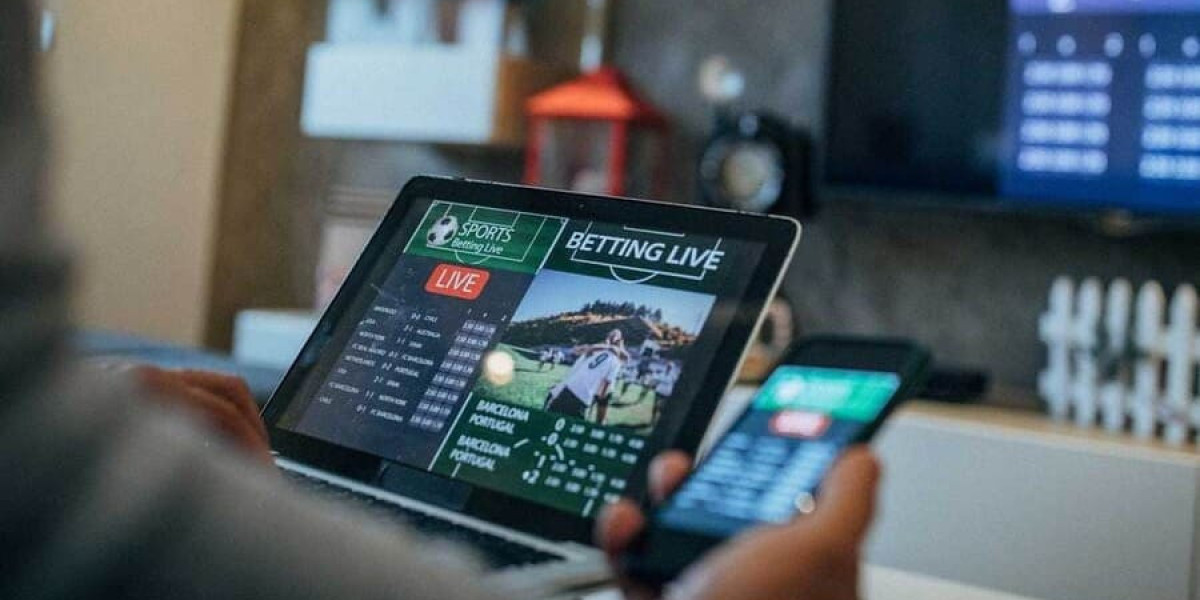In today’s fast-paced business environment, fostering collaboration among team members is essential for driving innovation and productivity. The design of an office plays a crucial role in facilitating teamwork and communication. A well-thought-out workspace can encourage interaction, creativity, and a sense of community among employees. This article explores how to design an office that enhances team collaboration, focusing on key elements such as layout, furniture choices, and technology integration.
The Importance of Collaborative Office Design
Before diving into the specifics of office design, it’s important to custom studio office furniture why collaboration is vital in the workplace. Collaborative environments can lead to:
Increased Creativity: When team members work together, they can share ideas and perspectives, leading to more innovative solutions.
Improved Problem-Solving: Collaboration allows for diverse viewpoints, which can help teams tackle challenges more effectively.
Enhanced Employee Engagement: A collaborative workspace fosters a sense of belonging and community, which can boost morale and job satisfaction.
Better Communication: Open and inviting spaces encourage communication, reducing barriers between team members and departments.
Key Elements of a Collaborative Office Design
1. Open Layouts
One of the most effective ways to promote collaboration is through an open office layout. This design encourages interaction and communication among team members.
Flexible Spaces: An open layout allows for flexible workspaces that can be easily reconfigured to accommodate different team sizes and project needs. This adaptability is essential for modern businesses that require agility.
Common Areas: Incorporating common areas, such as lounges or break rooms, can provide informal spaces for employees to gather and collaborate. These areas can serve as a backdrop for brainstorming sessions or casual meetings.
2. Custom Desks and Workstations
The choice of furniture is critical in creating a collaborative environment. Custom desks and workstations can be designed to meet the specific needs of teams.
Shared Desks: Custom desks that allow for shared workspaces can encourage teamwork. These desks can be designed with ample surface area for multiple users, fostering collaboration on projects.
Ergonomic Features: Custom studio office furniture can be tailored to include ergonomic features that promote comfort and productivity. Adjustable desks, for example, allow employees to switch between sitting and standing, which can enhance focus and energy levels.
3. Technology Integration
In today’s digital age, technology plays a significant role in facilitating collaboration. An office designed with technology in mind can enhance communication and teamwork.
Video Conferencing Tools: Equipping meeting rooms with video conferencing technology allows remote team members to participate in discussions seamlessly. This inclusivity is essential for teams that may be spread across different locations.
Collaboration Software: Implementing collaboration software can help teams communicate and share ideas in real-time. Tools like Slack, Microsoft Teams, or Trello can be integrated into the office design to support teamwork.
4. Creative Spaces
In addition to traditional workspaces, incorporating creative areas can stimulate collaboration and innovation.
Brainstorming Zones: Designating specific areas for brainstorming can encourage teams to think outside the box. These spaces can include whiteboards, comfortable seating, and inspiring decor to foster creativity.
Quiet Zones: While collaboration is important, it’s also essential to provide quiet spaces where employees can focus on individual tasks. Balancing collaborative and quiet areas can help maintain productivity.
5. Natural Elements
Incorporating natural elements into the office design can enhance the overall atmosphere and promote well-being.
Biophilic Design: Integrating plants, natural light, and organic materials can create a calming environment that encourages collaboration. Studies have shown that exposure to nature can reduce stress and improve mood, leading to more effective teamwork.
Windows and Light: Designing spaces with large windows that allow for natural light can create an inviting atmosphere. Natural light has been linked to increased productivity and employee satisfaction.
The Role of Custom Studio Office Furniture
Custom studio office furniture can play a significant role in enhancing collaboration within the workplace. Here’s how:
1. Tailored Solutions
Custom furniture can be designed to meet the specific needs of a team, ensuring that the workspace is functional and conducive to collaboration.
Adaptable Designs: Custom furniture can be created with modular components that can be rearranged as needed. This flexibility allows teams to create the ideal setup for their projects.
Integrated Technology: Custom desks can be designed to include built-in technology, such as charging stations and cable management systems, keeping the workspace organized and efficient.
2. Aesthetic Appeal
The design of custom studio office furniture can enhance the overall aesthetic of the office, creating an inviting environment that encourages collaboration.
Brand Representation: Custom furniture can reflect the company’s brand identity through the use of colors, materials, and design elements. This cohesive look can foster a sense of pride among employees.
Unique Features: Custom furniture allows for the incorporation of unique design features that can make the workspace more engaging. For example, desks with creative shapes or finishes can serve as conversation starters and inspire collaboration.
What People Also Ask
How can office design improve team collaboration?
Office design can improve team collaboration by creating open layouts, incorporating flexible workspaces, integrating technology, and providing areas for both teamwork and individual focus.
What are the benefits of custom desks in an office?
Custom desks offer tailored solutions for specific needs, enhanced functionality, improved aesthetics, and increased employee satisfaction. They can also lead to long-term cost savings due to durability and adaptability.
How important is technology in a collaborative workspace?
Technology is crucial in a collaborative workspace as it facilitates communication, supports remote work, and enhances productivity. Tools like video conferencing and collaboration software are essential for modern teams.
What features should I look for in custom office furniture?
When selecting custom office furniture, consider features such as ergonomic design, integrated technology, storage solutions, and the ability to adapt to changing needs.
How can natural elements enhance an office environment?
Incorporating natural elements, such as plants and natural light, can improve employee well-being, reduce stress, and create a more inviting atmosphere that encourages collaboration.
Conclusion
Designing an office that enhances team collaboration requires careful consideration of various elements, from layout and furniture choices to technology integration and natural elements. Custom desk and custom studio office furniture play a vital role in creating a workspace that fosters communication, creativity, and productivity.
By investing in a well-designed office environment, businesses can cultivate a culture of collaboration that drives innovation and success. As the workplace continues to evolve, prioritizing collaboration through thoughtful design will be essential for organizations looking to thrive in a competitive landscape.







